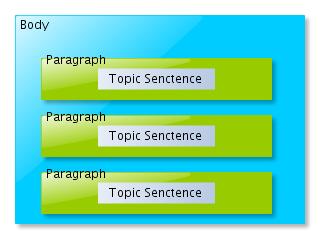This is some thing that would seem odd at first. However, as someone whose job is largely to help people, it is quite common to deal with people who do not know
how to ask for help. It may seem strange to claim that. To think that someone who clearly needs help and are looking for it, can lack the skill of asking for help. That's like someone who's thirsty but does not know how to drink.
But maybe the person is thirsty and knows how to drink but doesn't know how to get a drink. This analogy is a bit off because the moment we are thirsty, we know what we need. It is a natural reaction. Asking for help is not natural nor is it intuitive. Asking for help is a conscious decision. We who are asking for help, know we are in trouble. But sometimes we don't know what we need. If we knew what we need, wouldn't that mean we solved the problem? This is the genius of the skill of asking for help. It will get us what we need even when we don't know what it is. The ability to know how to ask a question will help us find an answer. It may even solve our problem outright.
The first part of the skill of asking for help is to
acknowledge that we do not know what we need. Accept it, even if it is to ourselves. Once we accept that we don't know or even might not know what it takes to solve our problem, we are more open to possibilities. We removed limitations to ourselves when we accept that we do not know and have to learn in order to solve our problem.
Second is to
focus on what we want to achieve. Think about what is the goal of solving our problem. If we can't picture how the solution looks like, we can at least picture how it will be once we have the solution. Our goals it to not just find the solution but to solve. Knowing how it will look like once we have solved our problems means visualizing success. If we know how something looks like, isn't it easier to find it?
Third, is
let someone who knows offer us a solution. Clearly, we lack some information or foresight or knowledge that prevents us from solving our problem. If we can accept that, we can be open to someone who is willing to share the knowledge with us. We can then use the knowledge to solve our problems. When we are focused on the goal, we can accept that a solution will get us there.
The common trap we fall into because we do not have this skill is to ask for something specific, thinking that it will solve our problem. There is nothing basically wrong in asking for something specific. But when asking for help, especially help from another party, it is important to emphasize to them our goals, rather than what we are asking specifically. What we want becomes a suggestion, rather than a demand.
Which brings us to the fourth,
be thankful. So many people do not thank the people who help them. Some even choose to bite the hand that helped them up. We will always be facing some sort of problem. We may need help again. Or it may be our turn to help some one else. Saying thanks costs nothing more than a bit of pride. Isn't that worth our problems being solved?





